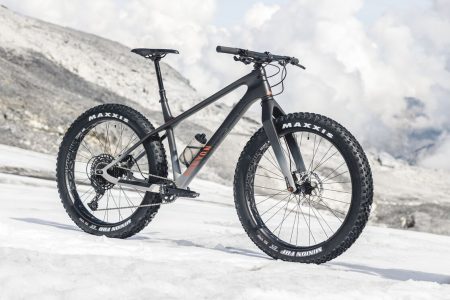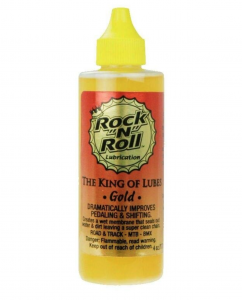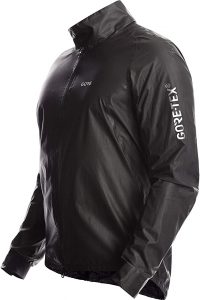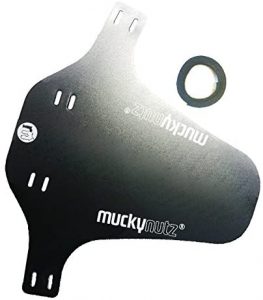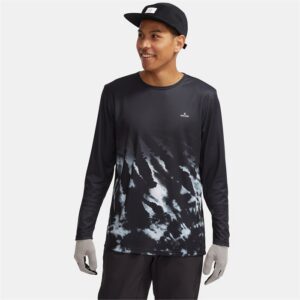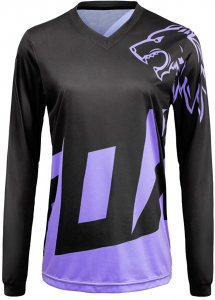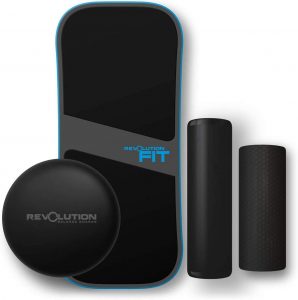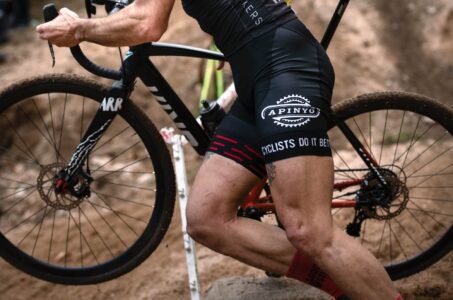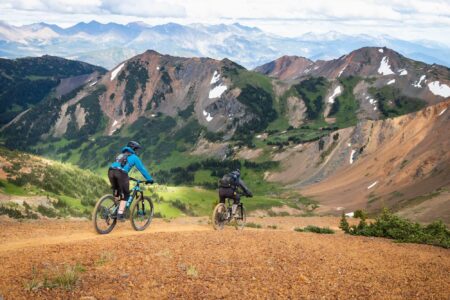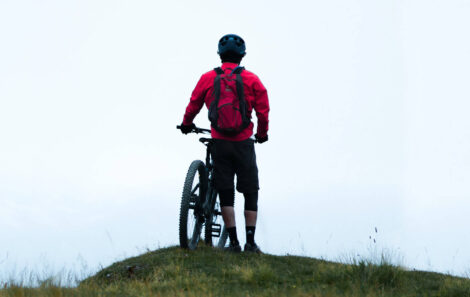Winter Riding Series #2 – Handling Snowy Or Icy Conditions On The Trail
- Matthew Chisholm
- November 16, 2021
- Education
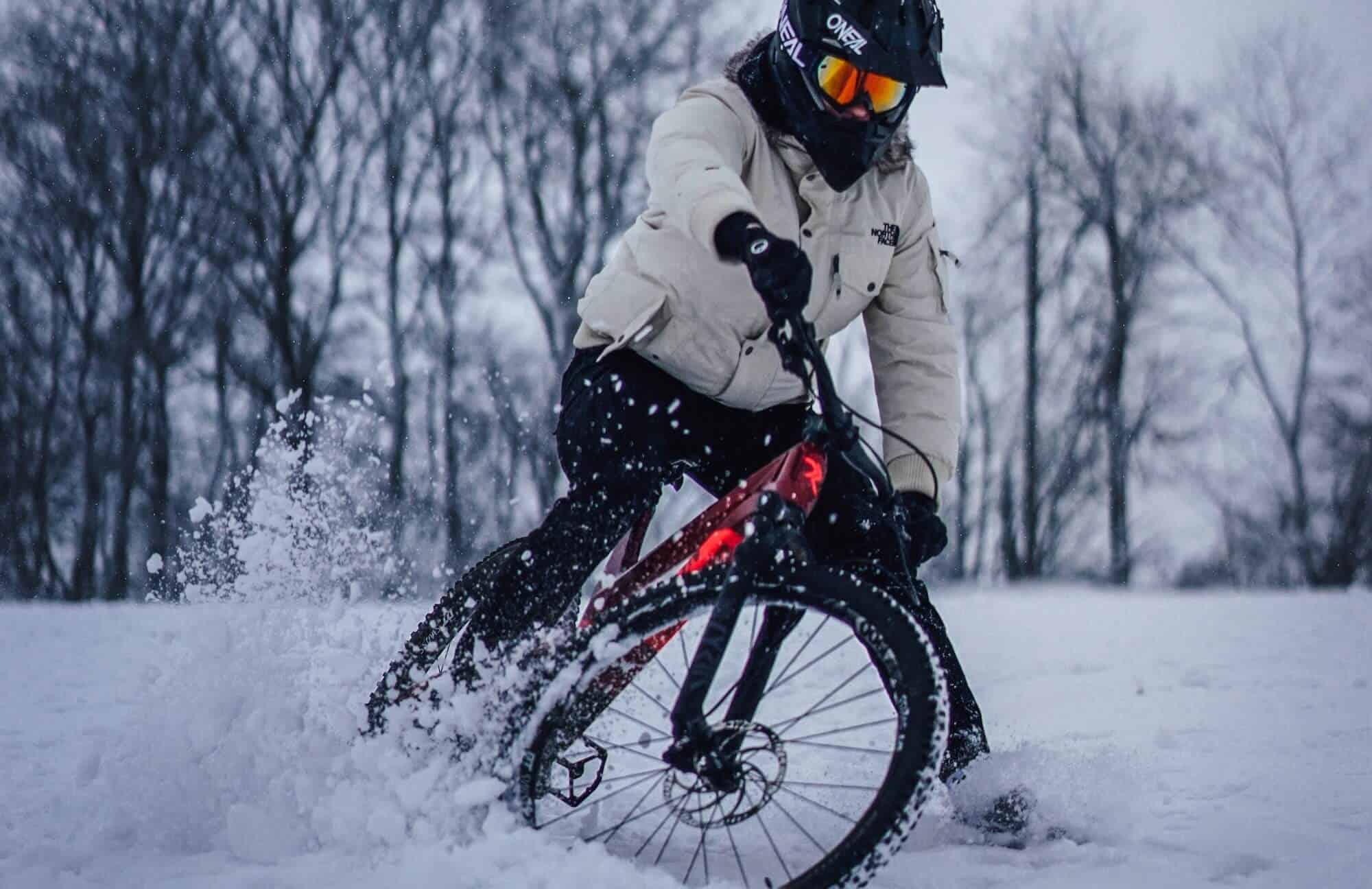
Photo by Jonny Neuenhagen
As we get deeper into winter and both sunlight and motivation for riding on the trail wanes, the issue of riding in snowy or icy conditions becomes omnipresent for all of us who aren’t Zwifting or Pelotoning inside. The good news is that you don’t have to give up trail riding just because the thermometer drops below 32°. There are several ways to prepare for new dynamic conditions on the trail and gain fitness and skill. Ride long enough in the winter, and you may find that this season is one of your favorites.
When I think about riding in the snow, I remember an incredible experience I had riding on 4 inches of fresh powder in the NC mountains. Unfortunately, snow doesn’t happen that much in the Southeast. So I leaped at the chance to take my bike out on the trail under these foreign conditions. I wasn’t disappointed. Still, I rode slowly and was aware of how my gear and bike were handling. What I found out has translated into three good suggestions to keep in mind on any set of snowy conditions.
Your tires are now the most essential part of your bike.
Riding in the snow requires grip and rolling ability, which is the same as always. But in snow, the conditions vary greatly, depending on temperature, time of day, and depth. The thing to keep in mind is that you will probably have to lower your pressure to the bare minimum without bottoming out. If you don’t have a tubeless setup, then this would be a great excuse to commit to one. At the same time, you don’t need to have 3-4” tires to enjoy riding in the snow. Fat bikes are enjoyable on squishy terrain, but your regular tires can handle probably up to 4-6” of snow just fine as long as you adjust your expectations on the trail. I would also put on a set of fenders. Mucky Nutz is great for front and back.
You will be off-balance and slide a lot.
Riding in the snow is an exercise in being wobbly and moving at strange, unexpected angles. This is a sensation that you are meant to enjoy, so live it up! That being said, don’t go to the most challenging trail around and try to bomb downhill. Your body and bike can still break, which can happen in new fun and unexpected ways in snowy or icy conditions. Practice your riding in wintry conditions on an easy trail first, and then slowly move up. Avoid trails with tons of rock gardens or technical terrain. Your goal is to feel a new kind of flow and work on balance and react to changes in terrain with unknown parameters. I’m not saying don’t push it at all, but use the same common sense mindset you’d use with skiing-if there are more things around that can knock you out, then go slower.
Keep things clean, or they’ll get ruined quickly.
Riding in the snow means that gear is going to get dirty and wet quickly. As snow melts, it creates conditions that wreak havoc on your bike. So make sure that when you’re done to thoroughly wipe down and dry your bike. When washing it with a hose isn’t possible, get a bucket of hot water and a scrub brush and go over it surgically, focusing on the places where water evaporates the slowest. After washing and towel drying, invite your bike into your garage or house for a nice cozy warm-up. This sort of special treatment in the winter months will preserve your ride and save you money when the trail begins to thaw and turn green.
Riding in the snow doesn’t require a new bike, set of tires, or risk-seeking mindset (although all of these help!). However, you do need to be very intentional with the gear you already own and step up in difficulty when you feel like you know the differences in snowy conditions. Who knows, maybe one day you’ll graduate to riding in the Megavalanche and put us all to shame!
Matthew Chisholm
Matt Chisholm is a data analyst and freelance writer who studies the environmental history of the Southern Smoky Mountain region of North Carolina. He was a contributor to Lost in Transition: Removing, Resettling, and Renewing Appalachia and the 2016 edition of the Journal of East Tennessee History, for which he won the 2017 McClung Award. When not writing, Matt enjoys road and mountain biking, hiking, trail running, and drinking beer around Concord, NC where he lives with his wife, daughter, and twin boys.
Get the email for busy mountain bikers.
Discover the best products + gear, and learn about deals from brands you love.
